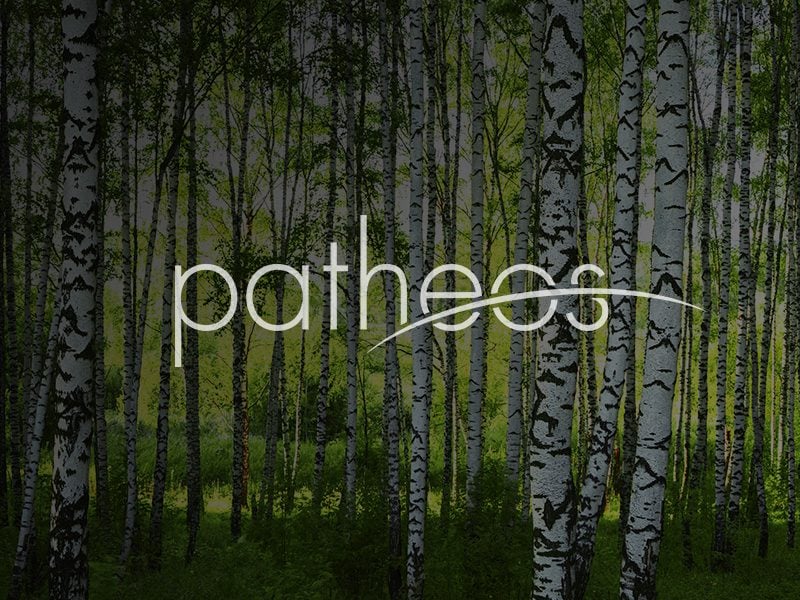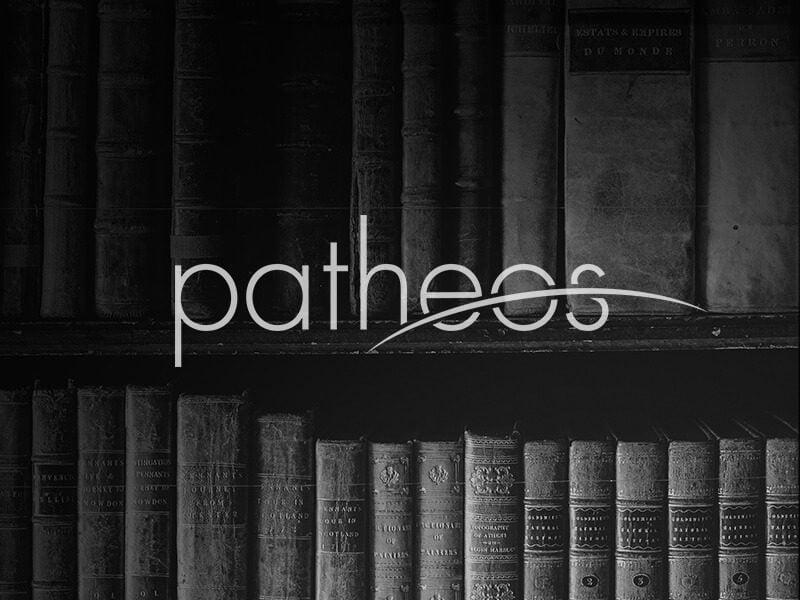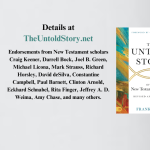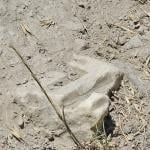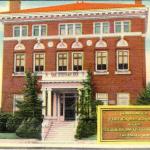In response to invasion and siege, the people of Jerusalem do all the natural things people do in crisis – they shore up defenses, ensure the water supply, take account of the available weapons (Isaiah 22:8-11). They do everything they can to avoid defeat, and the exile that will no doubt follow on defeat. This is entirely the wrong response, the prophet says. Yahweh does not call them to defensive measures but to a fourfold defense: weeping, mourning, baldness, sackcloth.... Read more





